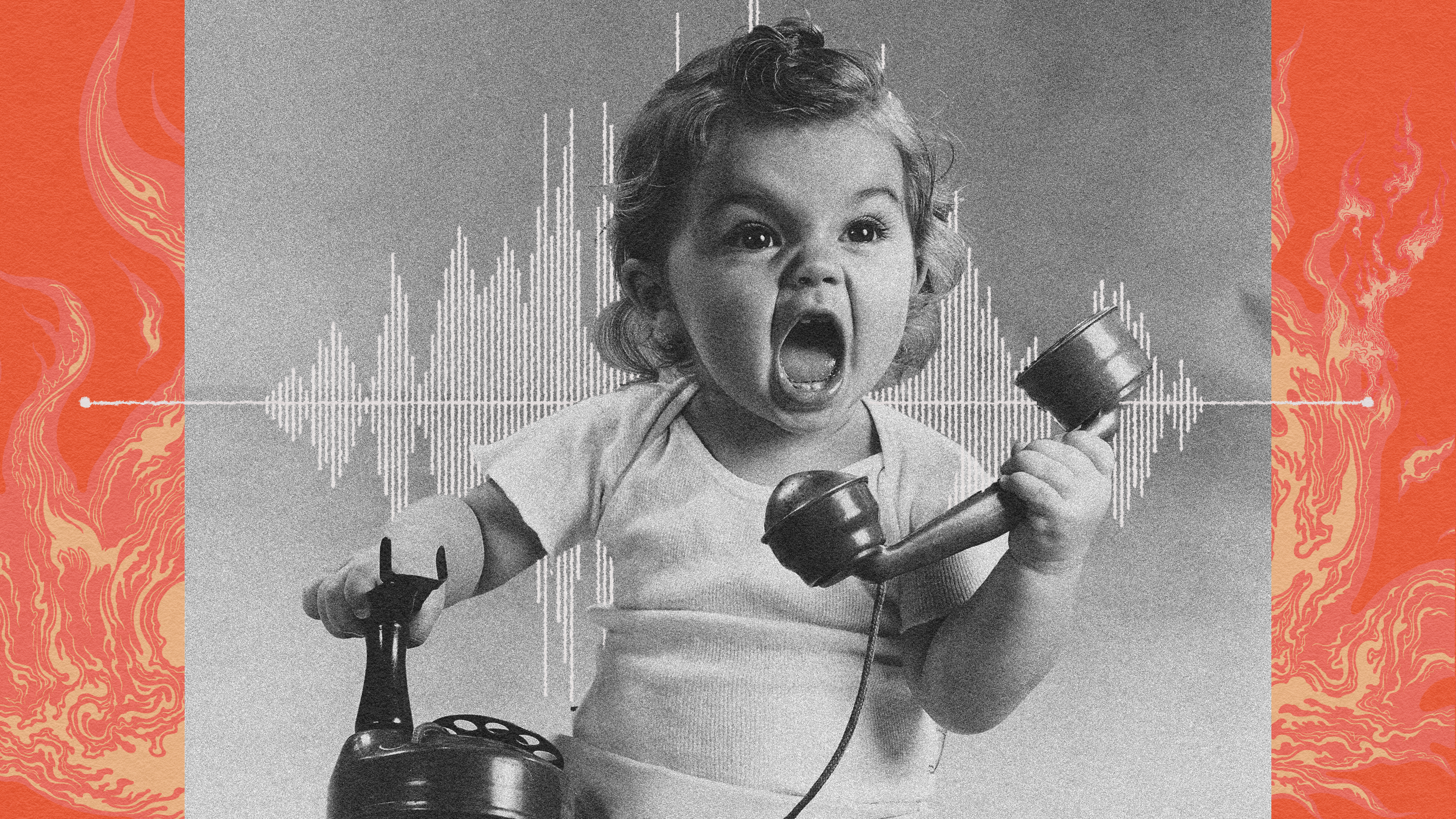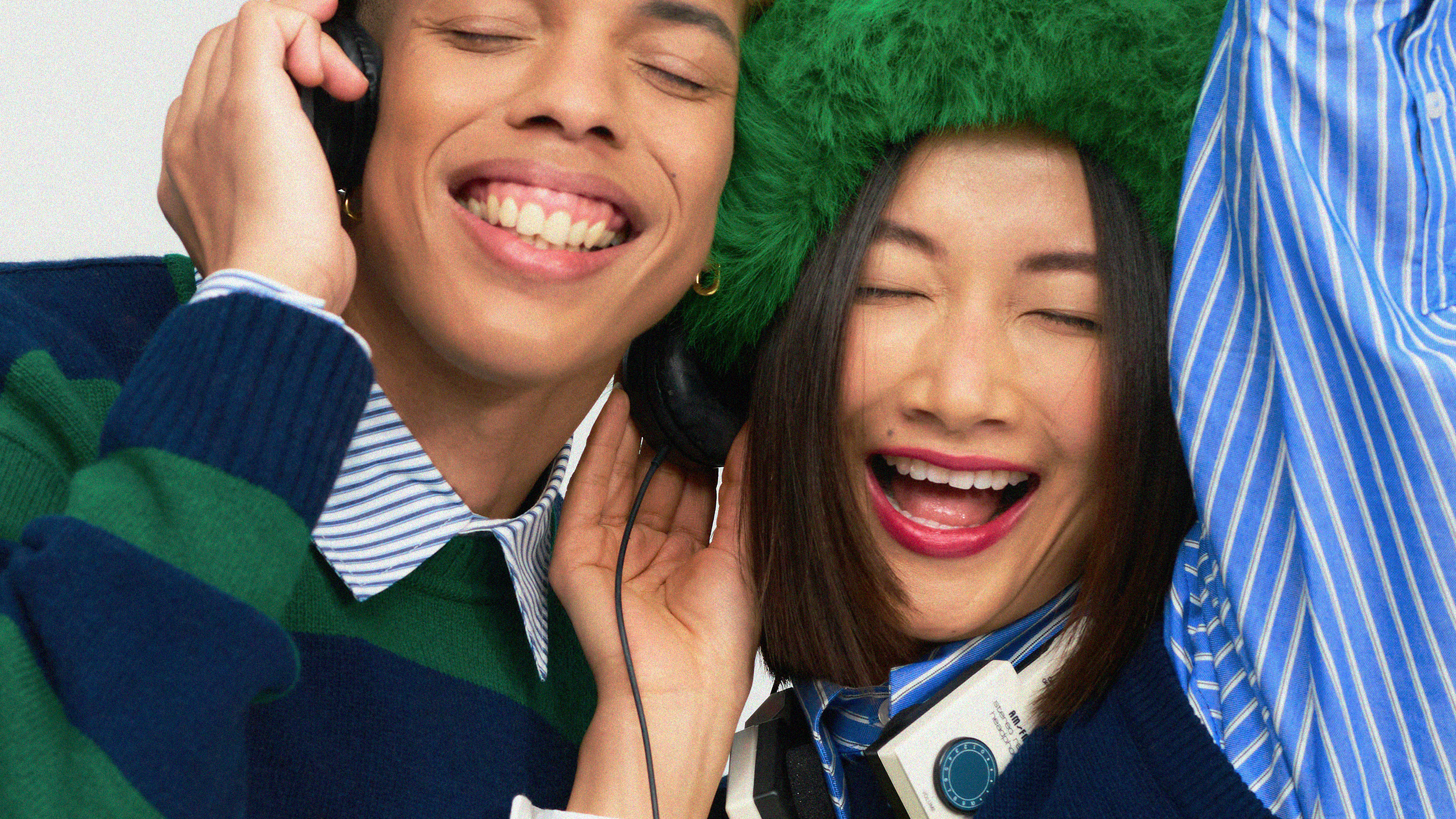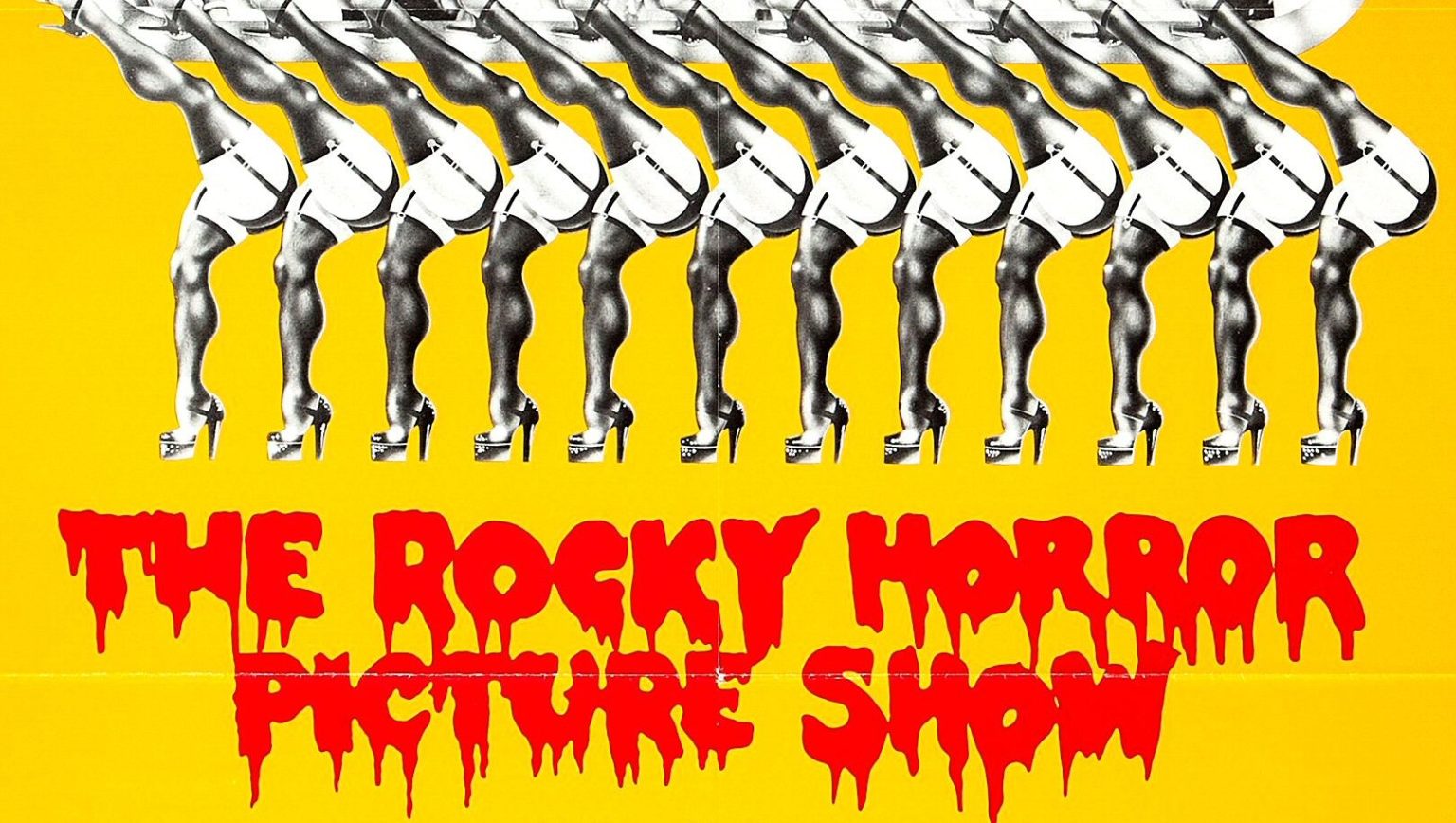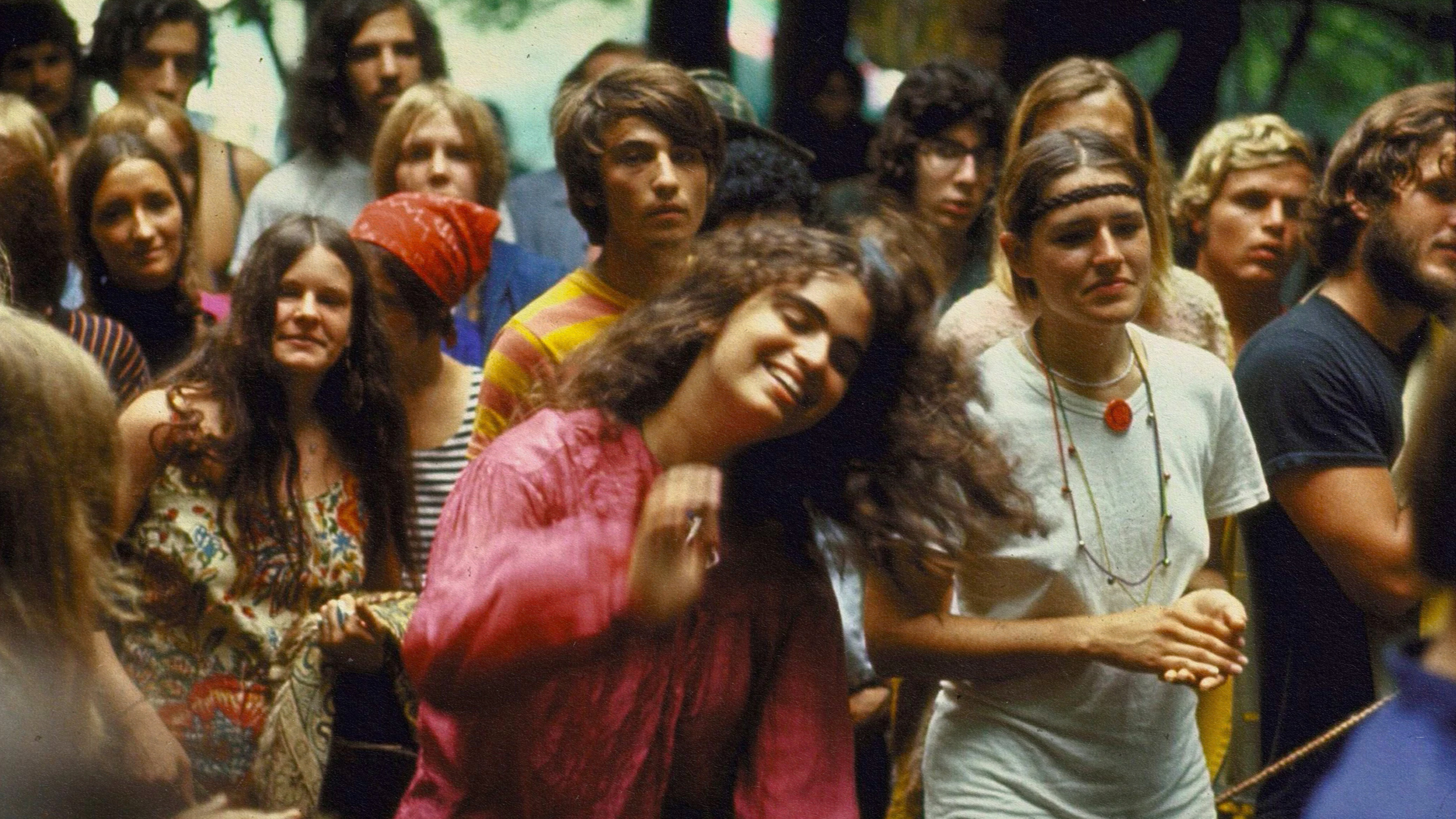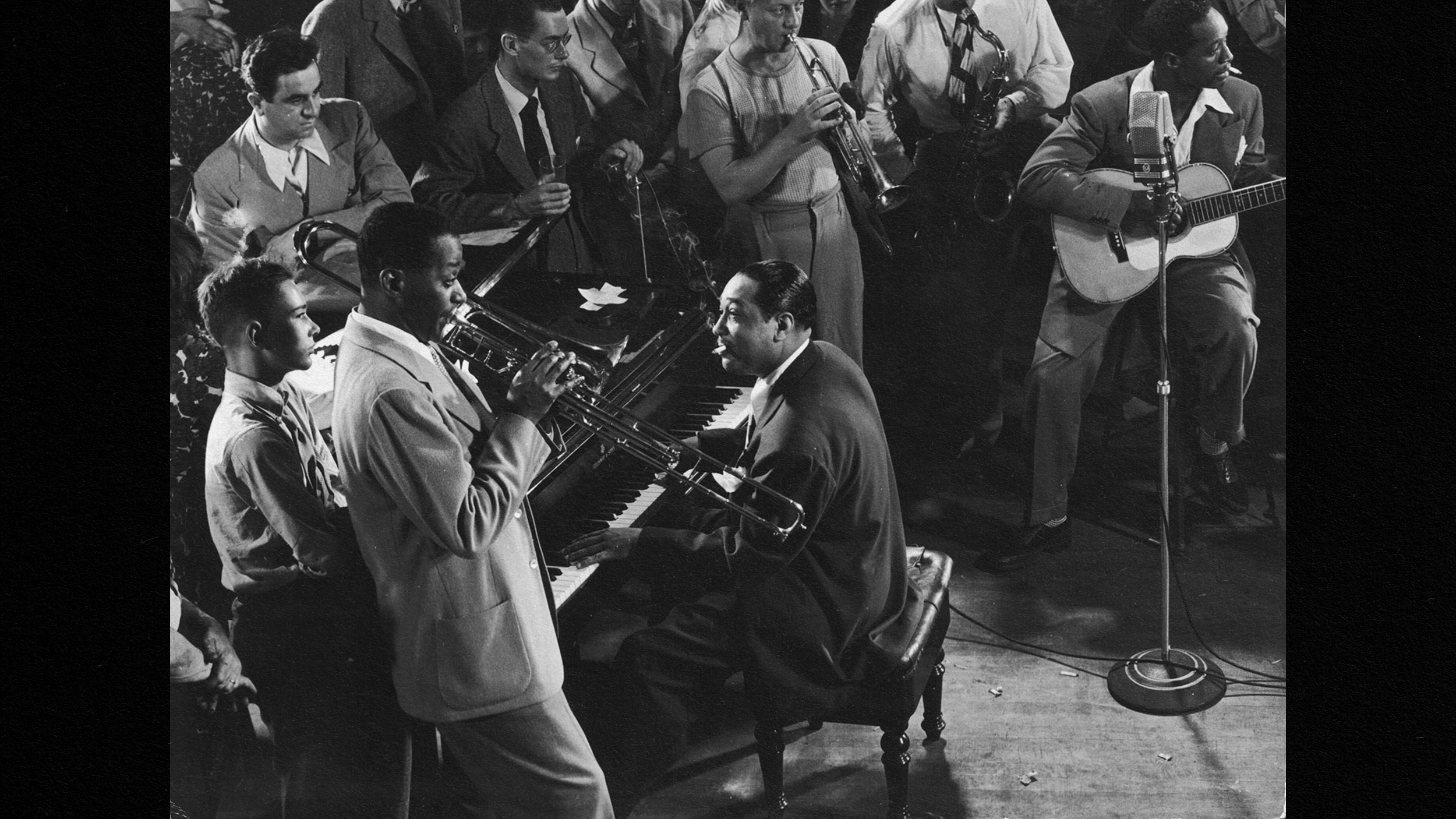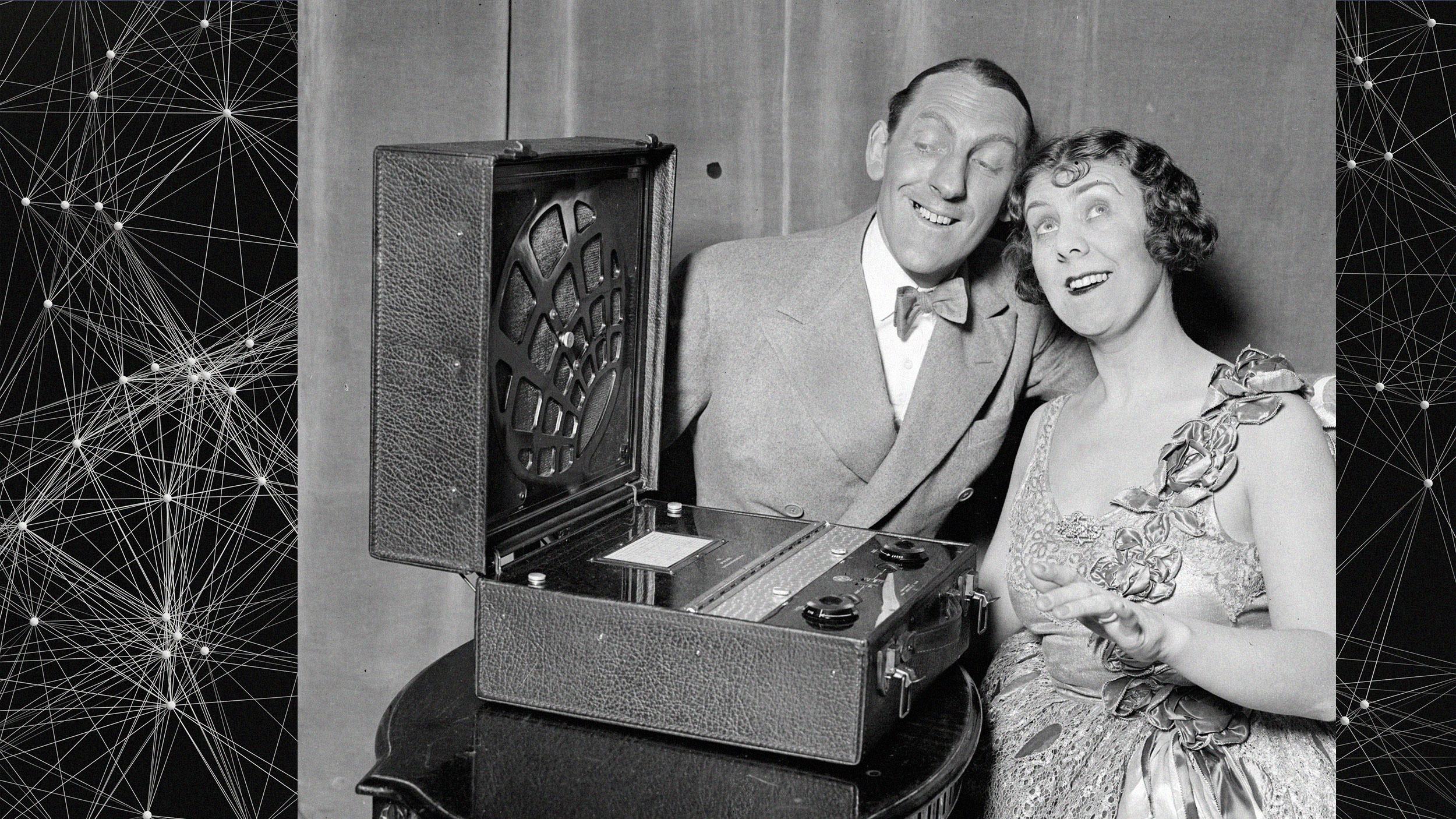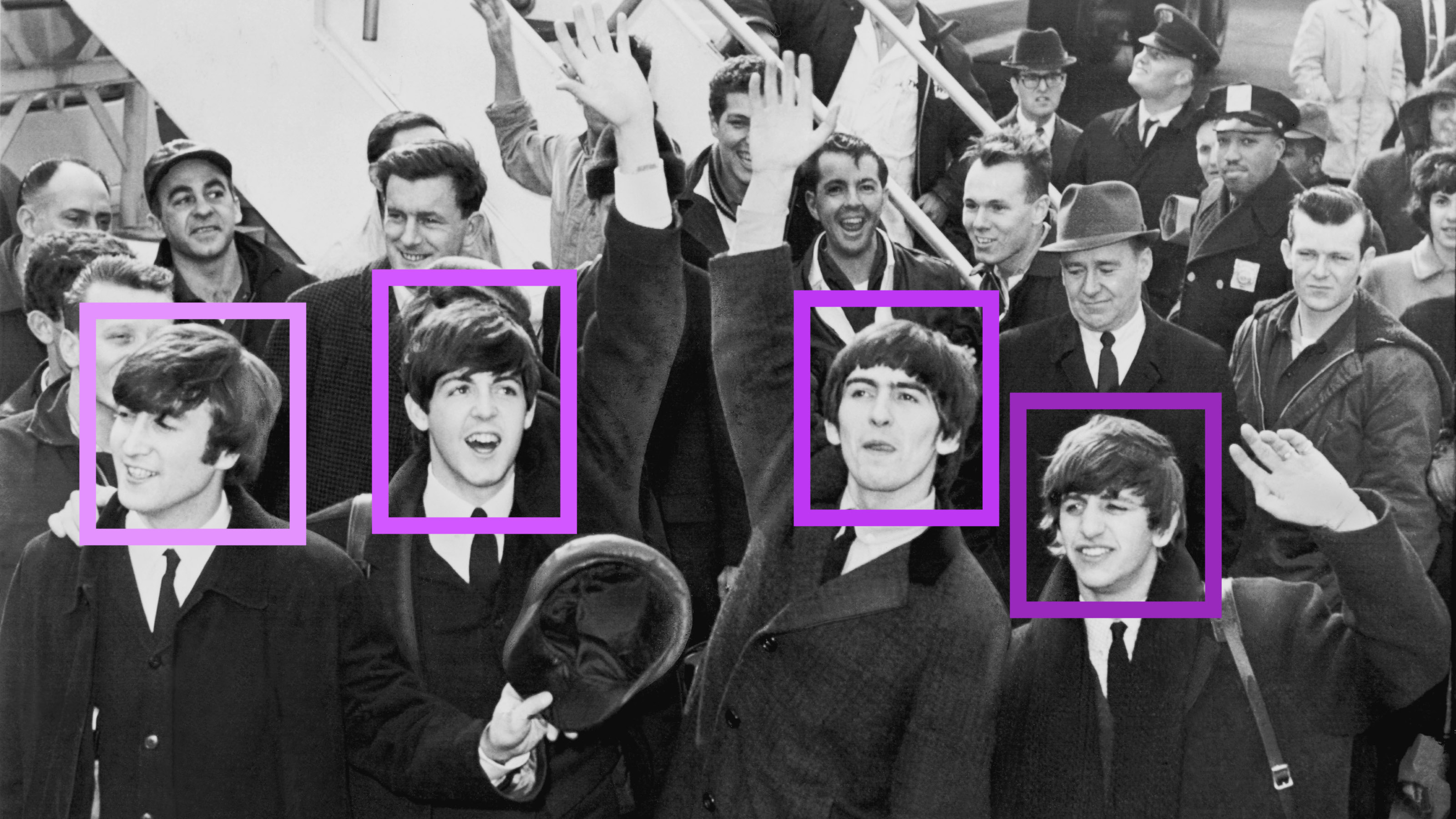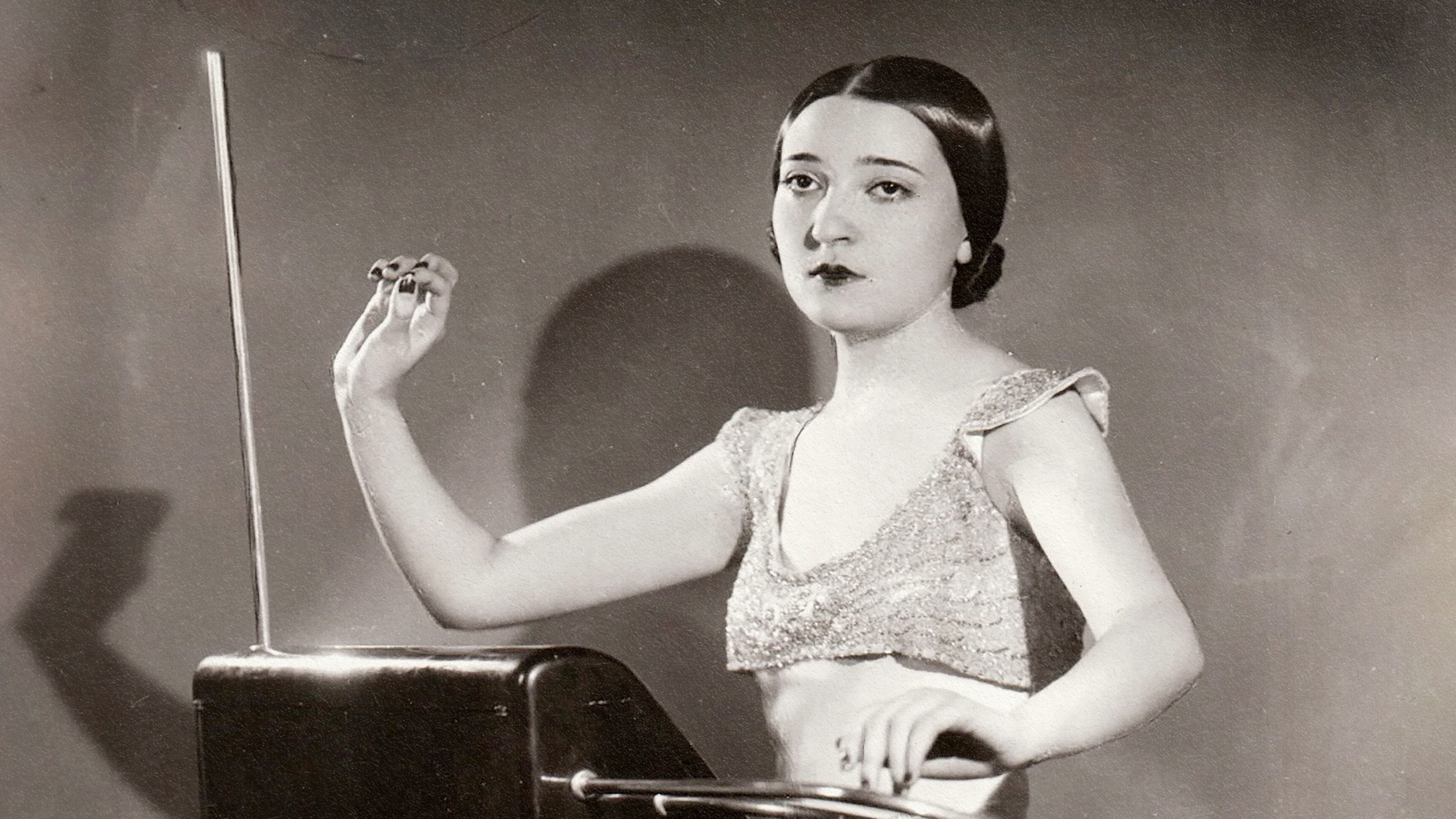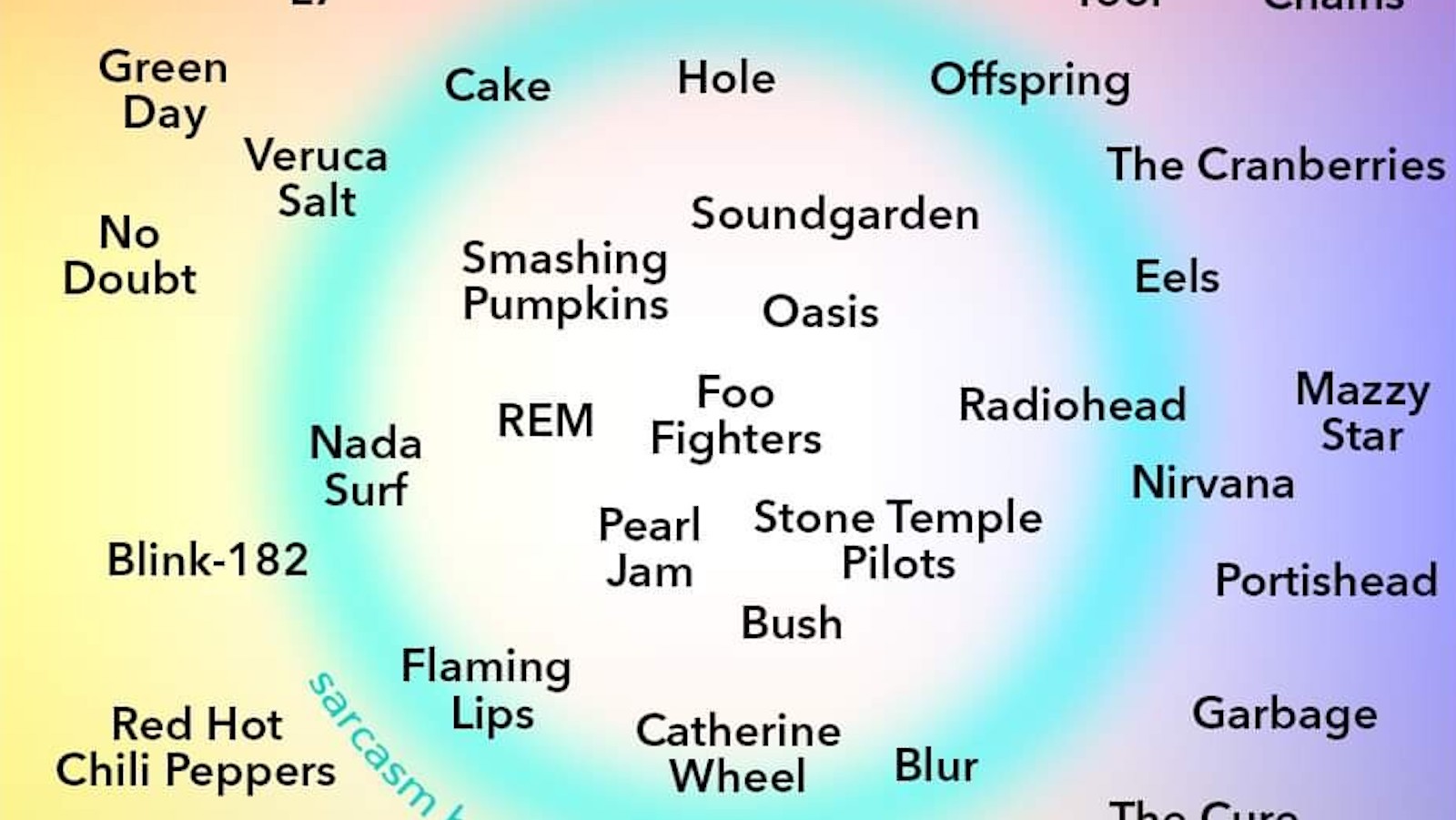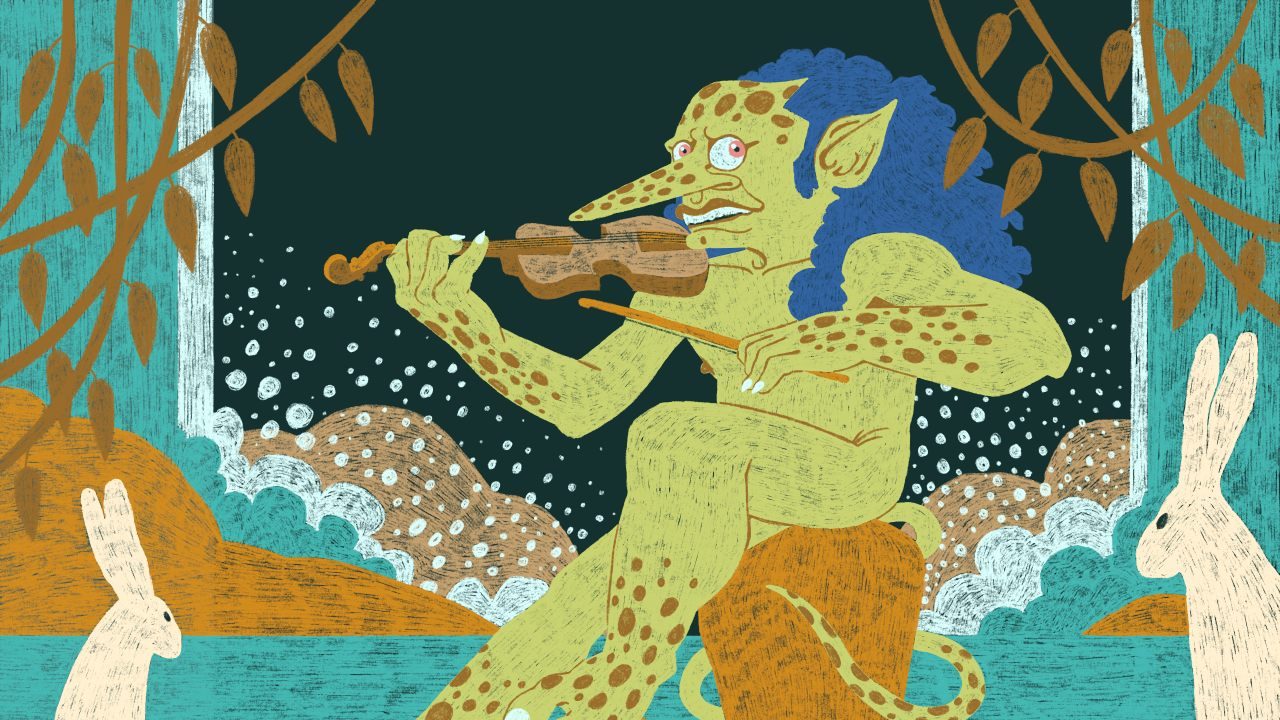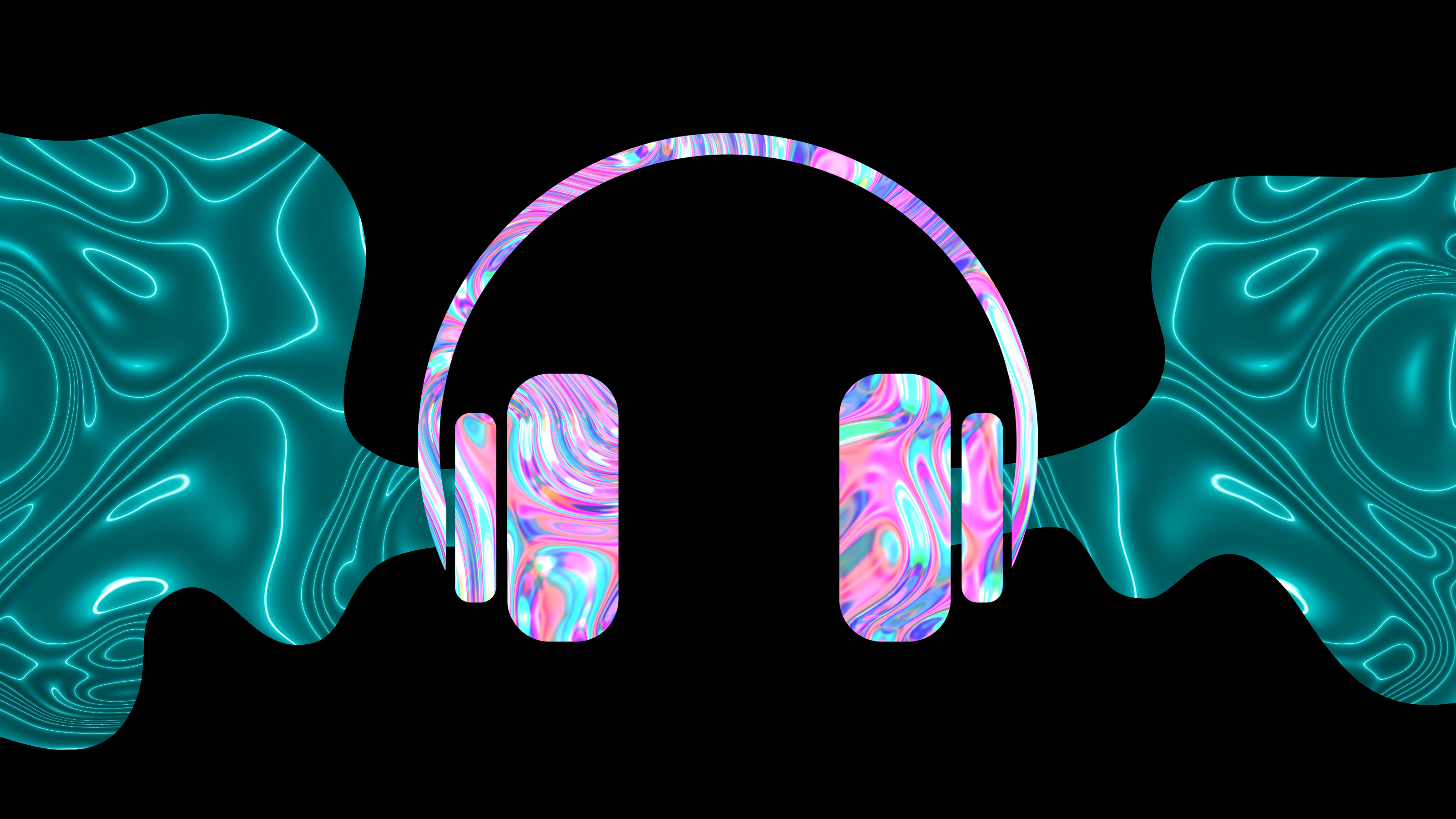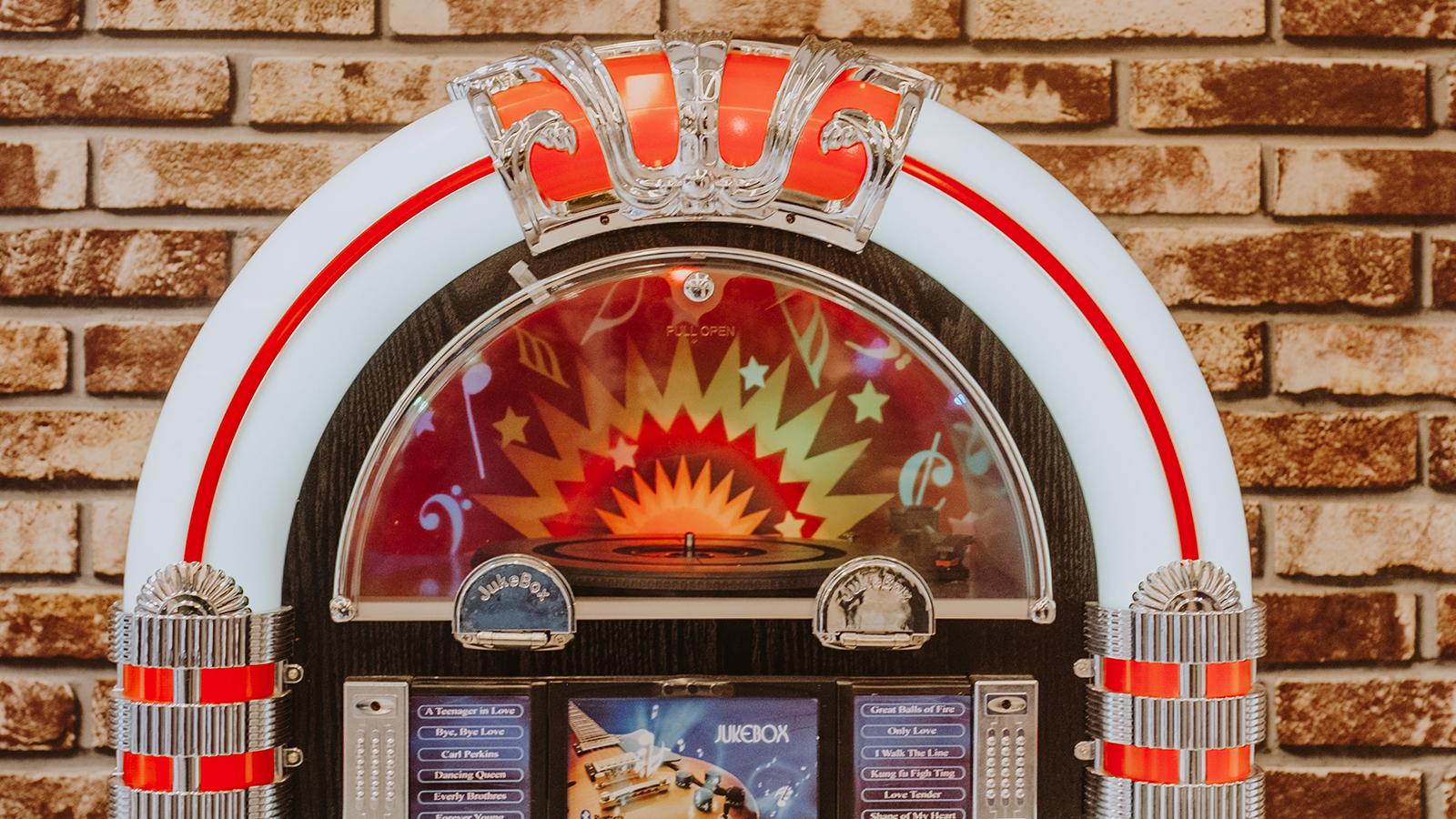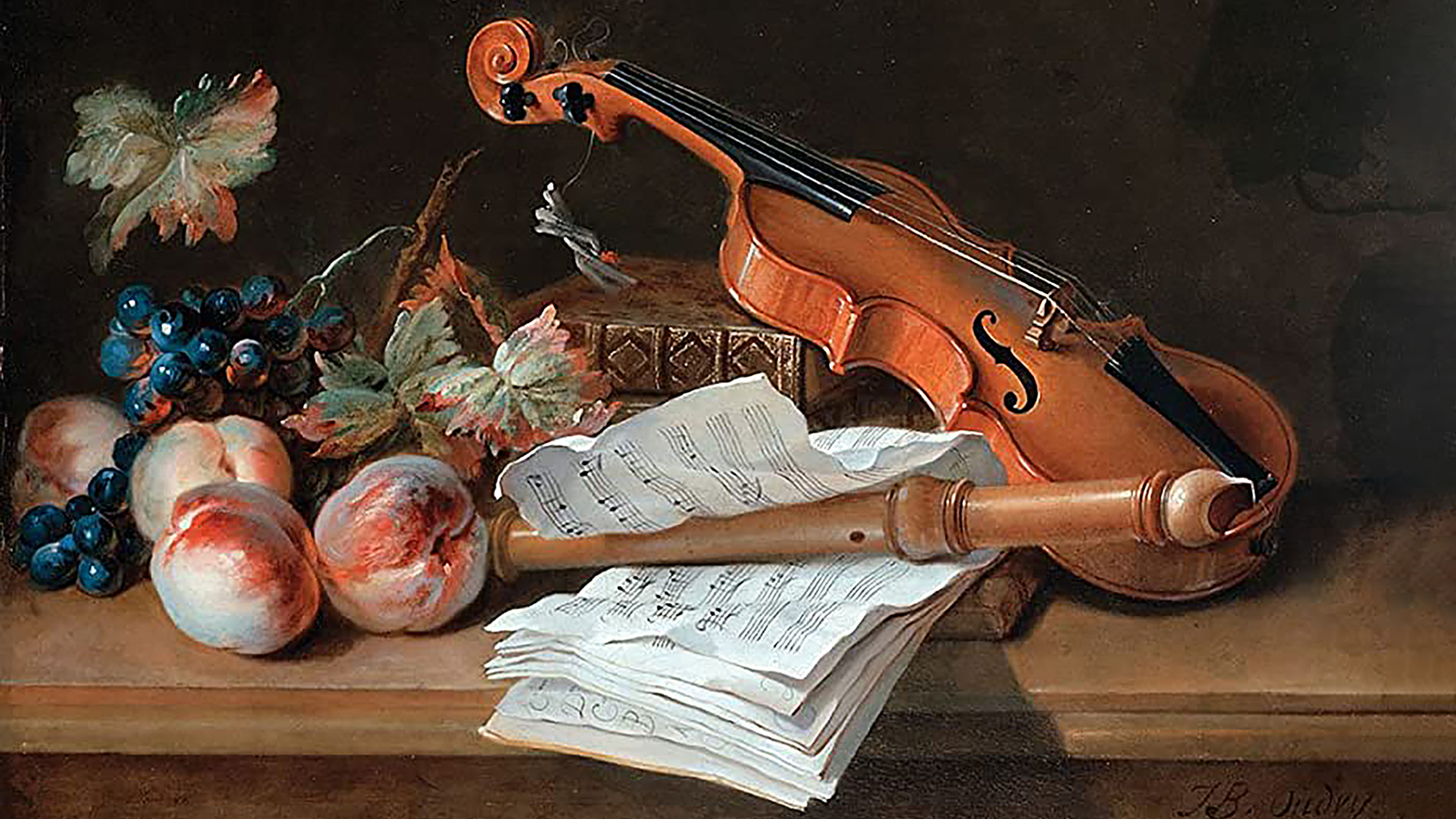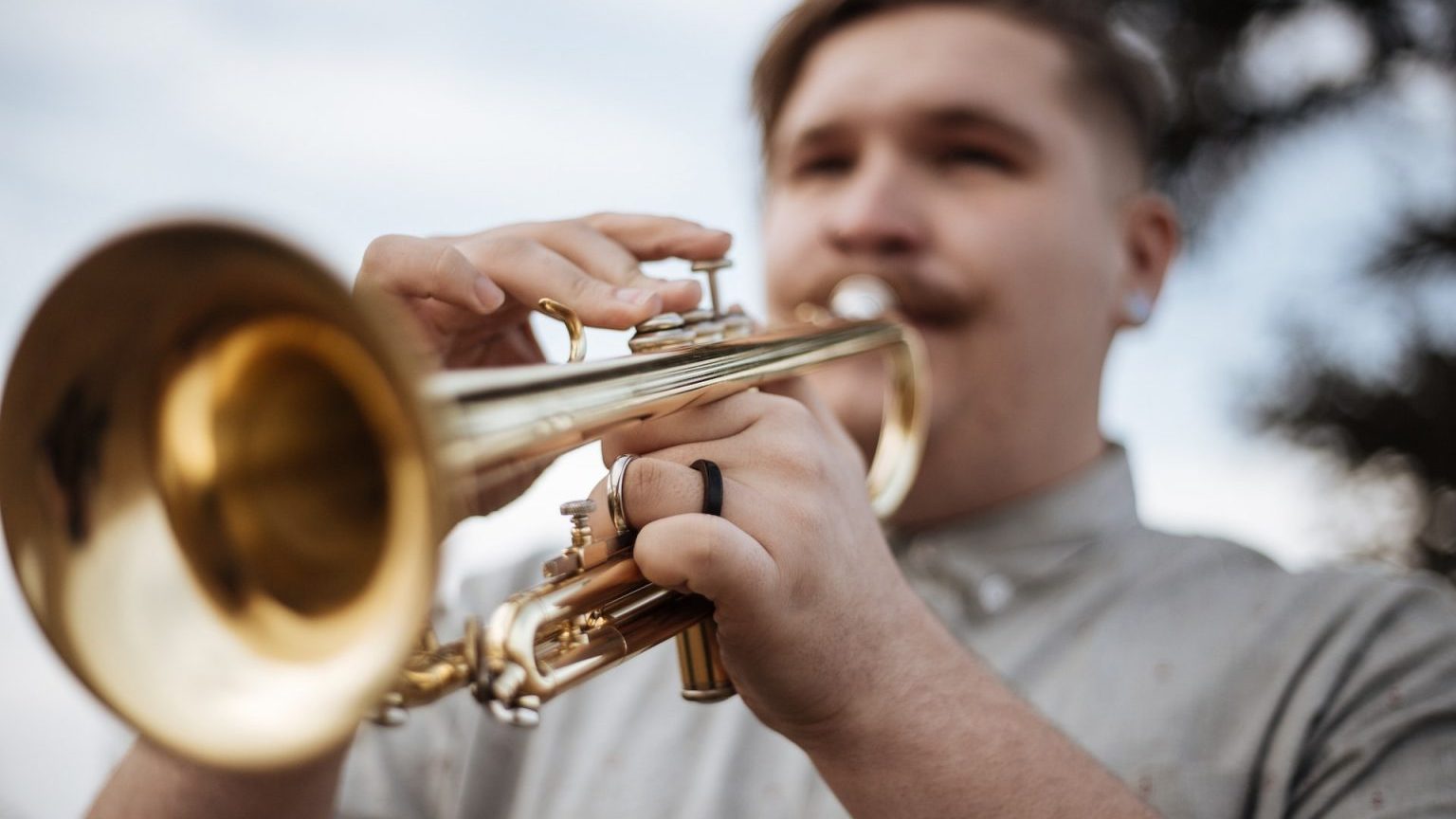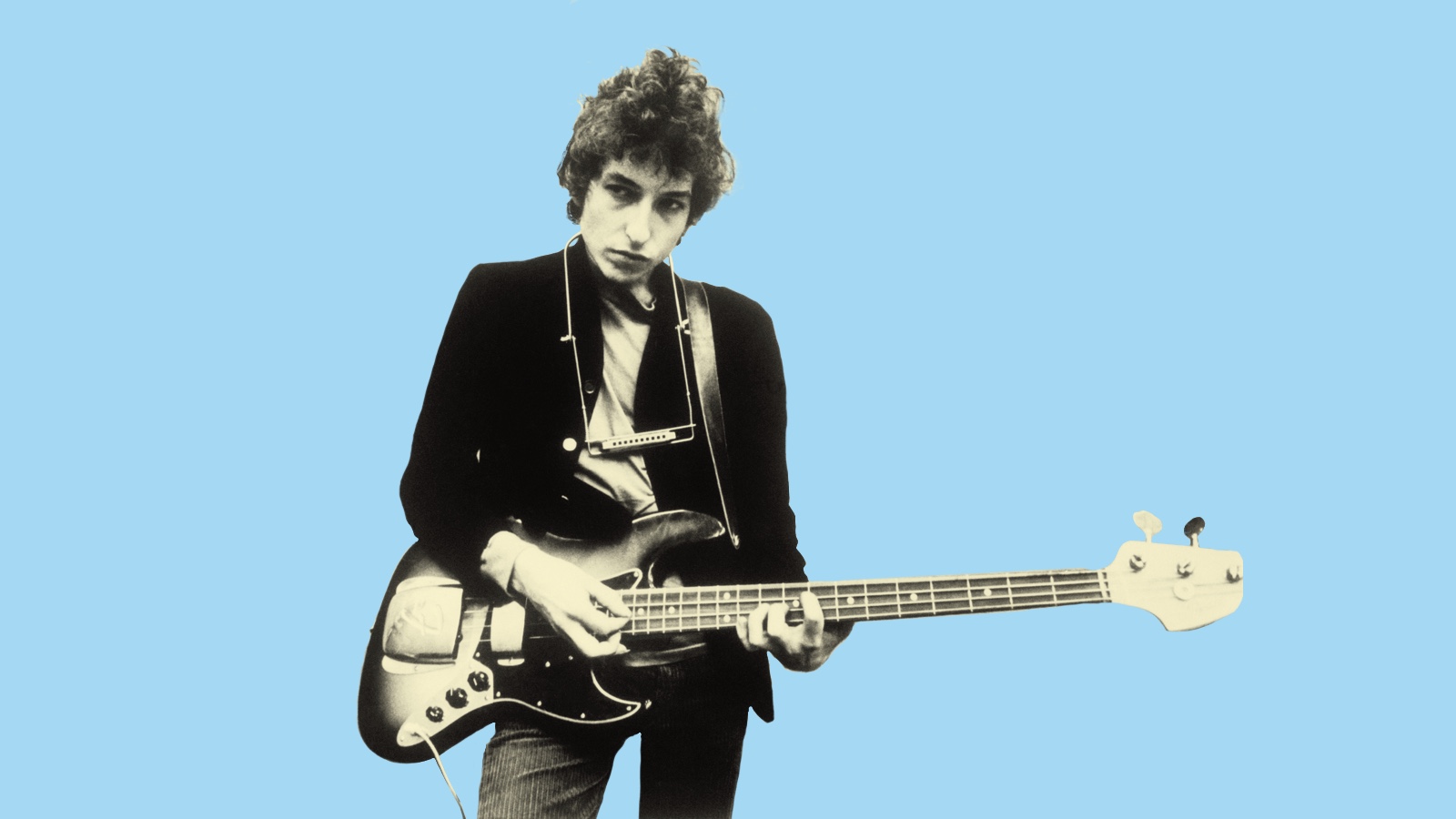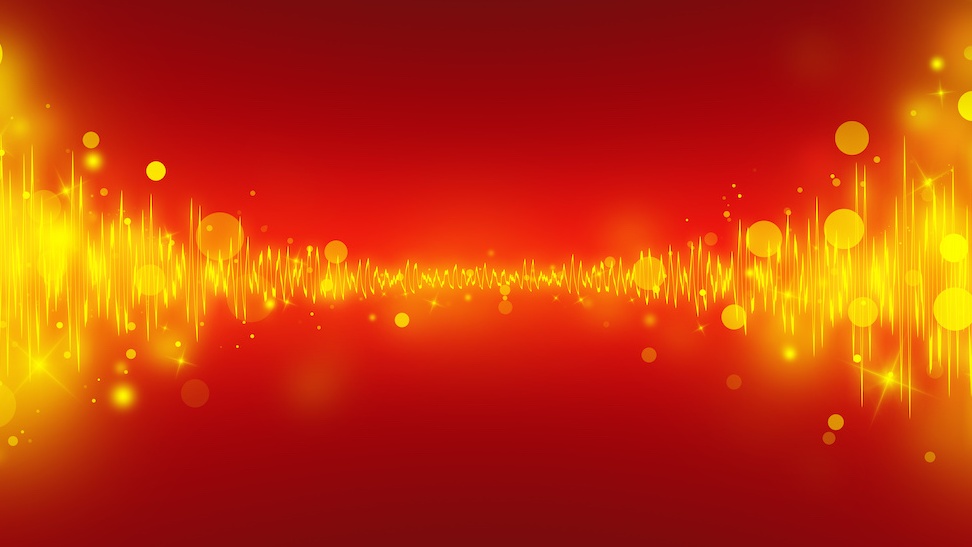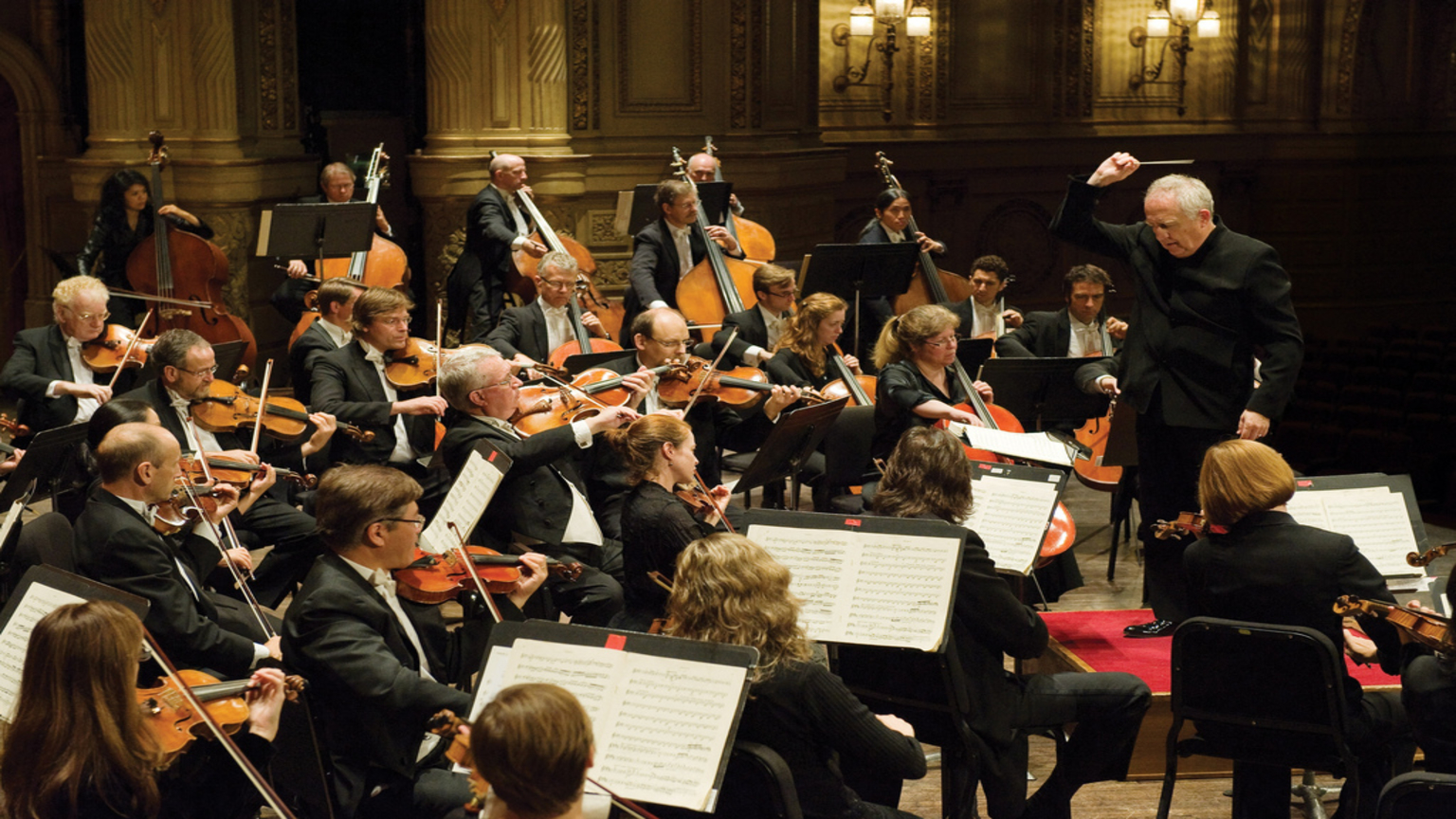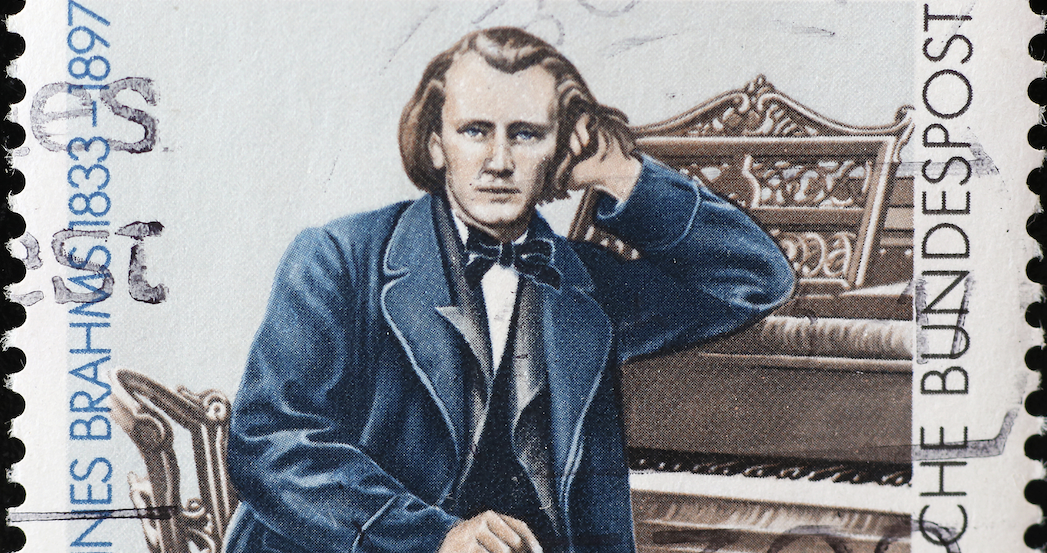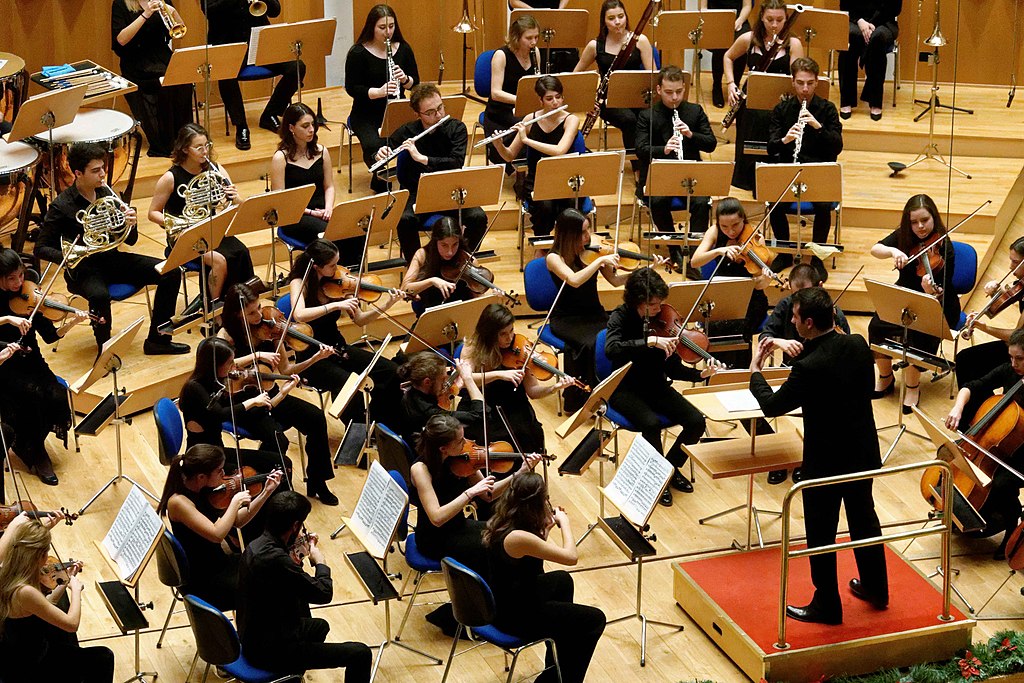music
If music is a window onto truth, what does screaming reveal?
After listening to the same playlist, people from the United Kingdom, the United States, and China reported feeling nearly identical bodily sensations.
“Time Warp” all the way back to 1800s spiritualism, magic performances, and spook shows.
Musical preferences are correlated with personality traits — and these connections are largely consistent across cultures and continents.
Listening to some songs can cause a powerful physiological response known as “frisson.” What is it, and why does it happen?
Music is part of the human experience, which is why some philosophers have written about it. Some had wacky ideas.
Your heart rate reveals your brain activity, which in turn can predict hit songs — and maybe stock performance, as well.
Engineer James Clarke liberated John, Paul, George, and Ringo from their mono and stereo straitjackets using algorithms at Abbey Road.
What better explains the prevalence of heavy metal in Scandinavian countries: culture or economy?
Your whole body is part of the instrument.
The Foo Fighters are at the dead center of the map, so all the other bands are happier, sadder, angrier, or hornier.
But make sure you bring the fossegrim the proper offering—or else.
These composers channeled the horror of the Holocaust and Hiroshima while honoring those who lived through it.
Piano Sonata No. 23 offers a window into the way culture became an instrument of Soviet state policy.
It can write 5-minute songs based on short text prompts.
Most popular songs are about love and heartache. But some great songs — albeit underrated and perhaps a bit weird — are about the cities we love.
We don’t know when or how music was originally invented, but we can now track its evolution across space and time thanks to the Global Jukebox.
When your passion becomes your day job, sometimes the day job becomes a chore.
Because Dylan “samples and digests” songs from the past, he has been accused of plagiarism. But imitatio isn’t the same.
The Industrial Revolution changed music forever, thanks to a combination of technological advances and clever entrepreneurs.
Music and sounds only seem to reduce pain in mice when played at a specific volume.
For centuries, men prevented women from writing music. These classical composers broke with social norms and made their mark on history.
He wear no shoeshine, he got toe-jam football…
Many contemporary composers live in the shadow of Bach and Beethoven, even though they’re just as interesting to listen to.
From Brahms to Tchaikovsky, here’s a curated list of composers whose music has shaped the classical canon.
MIT neuroscientists have identified a population of neurons in the human brain that respond to singing but not other types of music.
Movie soundtracks don’t just help us recall the plot of a film; they also allow us to better understand its meaning.
Flow occurs when a task’s challenge is balanced with one’s skill.
